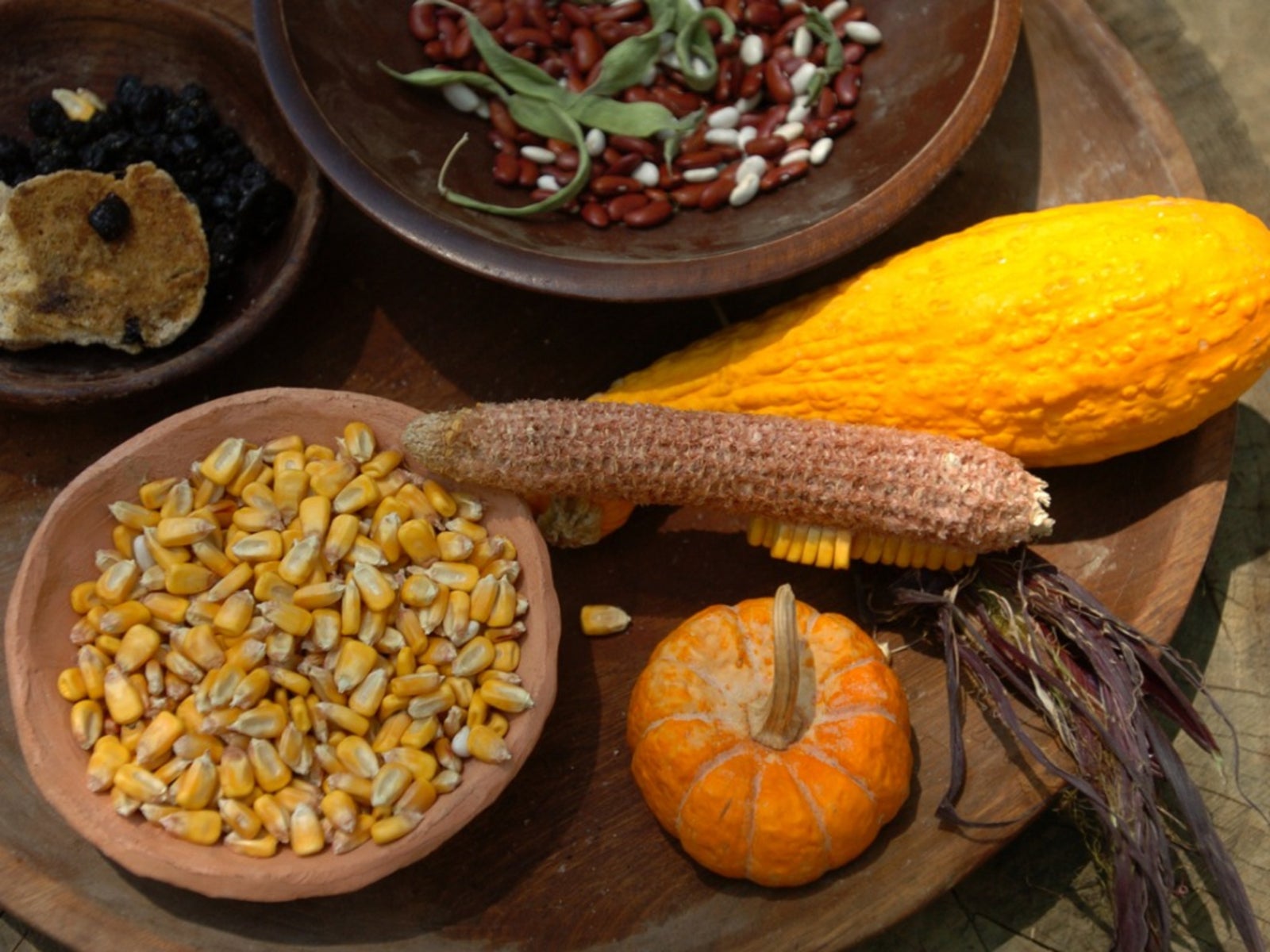Early American Vegetables - Growing Native American Vegetables


Thinking back to high school, American history “began” when Columbus set sail on the ocean blue. Yet populations of native cultures flourished on the American continents for thousands of years prior to this. As a gardener, did you ever wonder which native American vegetables were cultivated and consumed in pre-Columbian times? Let's find out what these vegetables from the Americas were like.
Early American Vegetables
When we think of native American vegetables, the three sisters often come to mind. Pre-Columbian North American civilizations grew corn (maize), beans, and squash in symbiotic companion plantings. This ingenious method of cultivation worked well as each plant contributed something which the other species required.
- Corn stalks provided a climbing structure for the beans.
- Bean plants fixed nitrogen to the soil, which corn, and squash utilize for green growth.
- Squash leaves acted like a mulch to prevent weeds and preserve soil moisture. Their prickliness also deters hungry raccoons and deer.
Additionally, a diet of corn, beans, and squash complements each other nutritionally. Together, these three vegetables from the Americas provide a balance of the necessary carbohydrates, protein, vitamins, and healthy fats.
American Vegetable History
In addition to corn, beans, and squash, European settlers discovered a multitude of vegetables in early America. Many of these native American vegetables were unknown to Europeans in pre-Columbian times. These vegetables from the Americas were not only adopted by Europeans, but they also became key ingredients in “Old World” and Asian cuisine.
In addition to corn, beans, and squash, did you know these common foods had their “roots” in North and South American soil?
- Avocados
- Cacao (Chocolate)
- Chili peppers
- Cranberry
- Papaya
- Peanuts
- Pineapple
- Potatoes
- Pumpkins
- Sunflowers
- Tomatillo
- Tomatoes
Vegetables in Early America
In addition to those veggies which are staples in our modern-day diets, other early American vegetables were cultivated and used for sustenance by the pre-Columbian inhabitants of the Americas. Some of these foods are gaining popularity as renewed interest in growing native American vegetable rises:
- Anishinaabe Manoomin – This nutrient-dense, wild rice was a staple for early residents living in the upper Great Lakes region of North America.
- Amaranth – A naturally gluten-free, nutrient-dense grain, Amaranth was domesticated over 6,000 years ago and used as a dietary staple of the Aztecs.
- Cassava – This tuberous root vegetable contains high levels of carbohydrates and key vitamins and minerals. Cassava must be prepared properly to avoid toxicity.
- Chaya – A popular Mayan leafy green, this perennial plant's leaves have high levels of protein and minerals. Cook chaya to remove toxic substances.
- Chia – Better known as a gift-giving “pet,” Chia seeds are a nutritional superfood. This Aztec staple is high in fiber, protein, omega-3 fatty acids, vitamins, and minerals.
- Cholla Cactus Flower buds – As a dietary staple of early Sonoran desert residents, two tablespoons of Cholla buds have more calcium than a glass of milk.
- Ostrich Fern Fiddleheads – These low-calorie, nutrient-rich, young fern fronds have a flavor similar to asparagus.
- Quinoa – This ancient grain has many health benefits. The leaves are also edible.
- Wild Ramps – These perennial wild onions were used by early Americans for food and medicine.
Sign up for the Gardening Know How newsletter today and receive a free copy of our e-book "How to Grow Delicious Tomatoes".

Laura Miller has been gardening all her life. Holding a degree in Biology, Nutrition, and Agriculture, Laura's area of expertise is vegetables, herbs, and all things edible. She lives in Ohio.